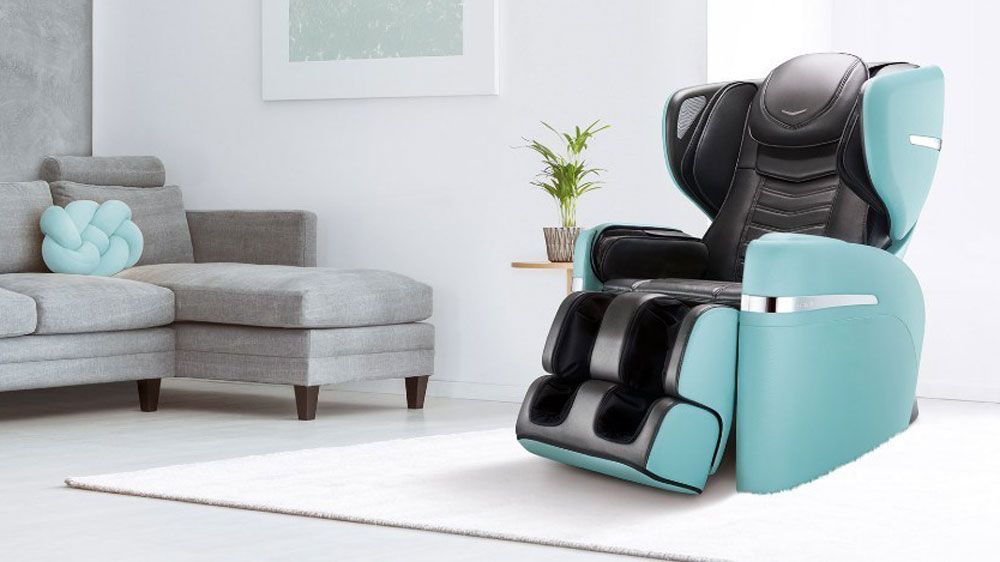Features of a “No Back Pain” Chair: No Back Pain Chair

A comfortable and supportive chair can play a crucial role in preventing and reducing back pain. By incorporating key features that promote proper posture and reduce strain on the spine, these chairs can significantly enhance your well-being.
Adjustable Lumbar Support
Adjustable lumbar support is a critical feature in a “No Back Pain” chair. It provides targeted support to the lower back, which is often the area most susceptible to pain and discomfort.
- A properly adjusted lumbar support helps maintain the natural curvature of the spine, preventing slouching and promoting good posture.
- It distributes weight evenly, reducing pressure on the lower back and minimizing strain.
- Adjustable lumbar support allows users to customize the level of support based on their individual needs and preferences.
Seat Height
The seat height of a chair is another crucial factor in preventing back pain. A chair with an adjustable seat height allows you to achieve proper ergonomic positioning.
- The ideal seat height ensures that your feet are flat on the floor and your thighs are parallel to the floor.
- This positioning helps maintain a neutral spine and reduces pressure on the lower back.
- An adjustable seat height caters to individuals of different heights, ensuring optimal comfort and support for everyone.
Armrests
Armrests play an important role in promoting proper posture and reducing strain on the shoulders and neck.
- They provide support for the arms, reducing the tendency to hunch over and strain the back.
- Adjustable armrests allow users to customize the height and position to suit their individual needs.
- Properly positioned armrests can also help reduce pressure on the wrists and elbows, improving overall comfort.
Backrest Angle
The backrest angle of a chair is essential for maintaining proper posture and reducing strain on the spine.
- A chair with an adjustable backrest angle allows you to recline and adjust the angle to your liking.
- This feature provides flexibility and support, allowing you to change positions throughout the day and prevent stiffness.
- A slightly reclined backrest can also help promote relaxation and reduce pressure on the lower back.
Materials, No back pain chair
The materials used in a “No Back Pain” chair are crucial for comfort and support. Breathable mesh and memory foam are two common materials that contribute to a positive user experience.
- Breathable mesh fabric allows for air circulation, keeping the user cool and comfortable, even during prolonged sitting.
- Memory foam conforms to the shape of the body, providing customized support and pressure relief. It helps distribute weight evenly and reduces strain on pressure points.
Finding the Right “No Back Pain” Chair for You

With so many chair options available, finding the perfect “no back pain” chair can feel overwhelming. It’s essential to consider your individual needs and preferences to make the right choice. This guide will help you navigate the world of ergonomic chairs and find the one that best suits your unique requirements.
Chair Brands and Models
Comparing different chair brands and models can help you understand the range of features and price points available. Here’s a table highlighting some popular options:
| Brand | Model | Key Features | Price Range |
|---|---|---|---|
| Herman Miller | Aeron | Adjustable lumbar support, breathable mesh fabric, flexible back support | $1,000 – $1,500 |
| Steelcase | Leap | Adjustable arms, back, and seat, 4D armrests, flexible back support | $800 – $1,200 |
| Haworth | Zody | Adjustable lumbar support, breathable mesh fabric, flexible back support | $700 – $1,000 |
| Humanscale | Freedom | Self-adjusting back support, breathable mesh fabric, adjustable arms | $900 – $1,300 |
Questions to Consider
Choosing the right chair involves considering several factors related to your individual needs and preferences. Here are some questions to guide your decision-making process:
- What is your budget?
- What type of work do you do? (e.g., desk work, creative work, gaming)
- How many hours do you spend sitting each day?
- What are your specific back pain issues?
- Do you prefer a mesh or upholstered chair?
- Do you need adjustable lumbar support, armrests, or seat height?
- What is your height and weight?
Posture Assessment and Chair Features
Understanding your posture and identifying specific areas that need support is crucial in choosing the right chair.
- Slouching: This posture often indicates weak core muscles and a need for lumbar support. Look for chairs with adjustable lumbar support to provide the necessary back support.
- Forward Head Posture: This posture can strain the neck and upper back. Consider chairs with adjustable headrests to provide support and promote proper alignment.
- Rounded Shoulders: This posture can lead to upper back pain and discomfort. Chairs with adjustable armrests can help promote proper shoulder alignment and reduce strain.
Yo, if you’re all about that comfy life, a no back pain chair is the way to go. But let’s be real, sometimes those chairs can get a little beat up, right? That’s where Sears wing back chair covers come in handy.
They’ll keep your chair looking fresh and clean, so you can chill in style and avoid any back pain. Now that’s what I call a win-win!
Yo, ditch the back pain, fam! You need a chair that’s gonna keep you comfy all day long, and the stakmore lattice back folding chair is the real deal. It’s got that ergonomic design that’s gonna keep your spine happy, and it folds up so you can take it anywhere.
No more back pain, just chill vibes.